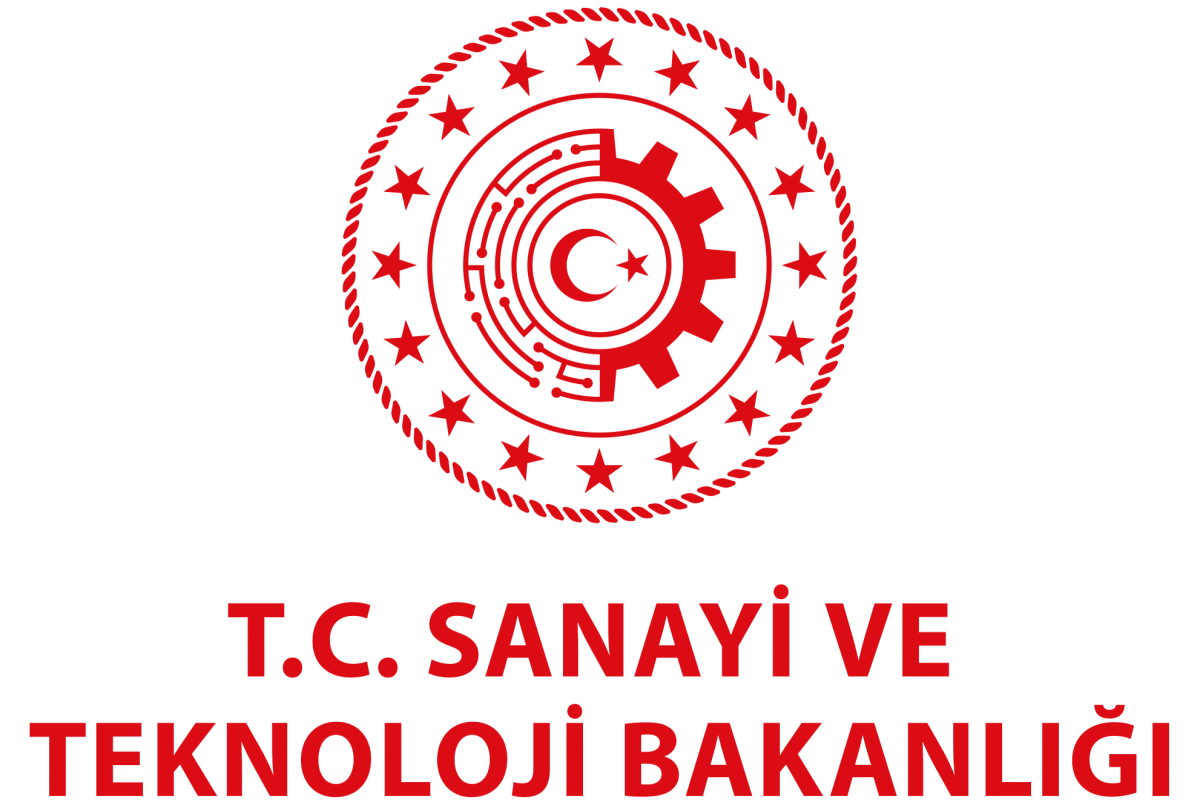The Electrodynamics Laboratory consists of two divisions: Kibble Balance Laboratory and Plasma Metrology Laboratory. The research conducted in the laboratories is summarized as follows:
KIBBLE BALANCE LABORATORY
Kibble Balance Laboratory has been built for establishing the “National Kilogram Prototype”, integrating the National Kilogram Prototype to the international metrology system via international comparisons and providing service on primary level mass calibrations to ensure coherence among mass measurements.
The redefinition of kilogram in International System of Units (SI) is expected to come into force on May 20th, 2019. The redefinition will bring an end to the use of a physical object (International Prototype of Kilogram) in the definition and the realization of the kilogram unit. The new definition will link the kilogram to the fundamental constant of quantum physics – the Planck constant (h) to ensure its long-term stability. In this way, the kilogram will be realized independent of space-time and the operator.
Currently, there are two independent primary methods approved by the Consultative Committee of Mass and Related Quantities (CCM) realizing the new definition of the kilogram with highest accuracy and lowest uncertainty:
- Kibble (Watt) Balance Experiment
- X-Ray Crystal Density (XRCD) Experiment
The Kibble balance experiments rely on the comparison of electrical and mechanical powers. It is possible to design the Kibble Balance Experiments in different geometries and with different experimental protocols. Kibble Balance Laboratory contributes to the ongoing worldwide research with Oscillating Magnet Kibble Balance Experiment assembled within the context of the Kibble Balance Project initiated in the second half of 2014. Oscillating magnet Kibble Balance Experiment embraces an alternative path to the leading scientific metrology institutes where a novel measurement procedure is developed so as the Turkish brand of the Kibble Balance experiments.
In the first phase of the project 3 x 10-7 relative uncertainty is achieved. Despite the fact that the research is initiated only recently, the uncertainty level of the long studied institutes is caught.
In the ongoing second phase of the project, where “National Kilogram Prototype” will be constructed, relative uncertainty of 2 x 10-8 is targeted. Provided that the kilogram is realized with the target uncertainty, there will be no external dependence on national mass traceability and UME will provide international service on primary level mass calibrations. Technology transfer to the developing metrology institutes will also be possible.
PLASMA METROLOGY LABORATORY
Plasma Metrology Laboratory is currently under construction. In the first step, the plasma metrology infrastructure will be formed which then will be followed by the contributions to the development of plasma technologies.
Plasma is the fourth state of matter which is predominantly composed of approximately equal numbers of negatively charged electrons and positively charged ions. Plasmas are highly complex in the sense that there is diversity of physical phenomena to be described. Developing and demonstrating controlled plasmas may open up new horizons for metrology and for future inventions.
Plasma technologies underpin the high-end industries of today. It will also take up a significant place in modern technologies and in invention of new devices. Flexible nano-electronic, micro-electronic and electromechanical devices, innovative chemical applications for bio-fuel synthesis, micro batteries, medical surgery and pharmacy are among the new generation plasma applications. The unusual properties of plasma may form a basis for developing new advanced measurement techniques and new measuring devices.
Moreover, fusion is considered to be a green, safe and sustainable source of energy for the future as it provides carbon-free energy at a scale needed to address climate changes. Controlled fusion reactions can be achieved by gaining understanding and insight into the complex nature of plasma and better characterizing the chemical, physical and electrical properties of plasma.

